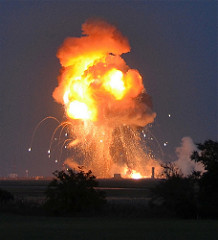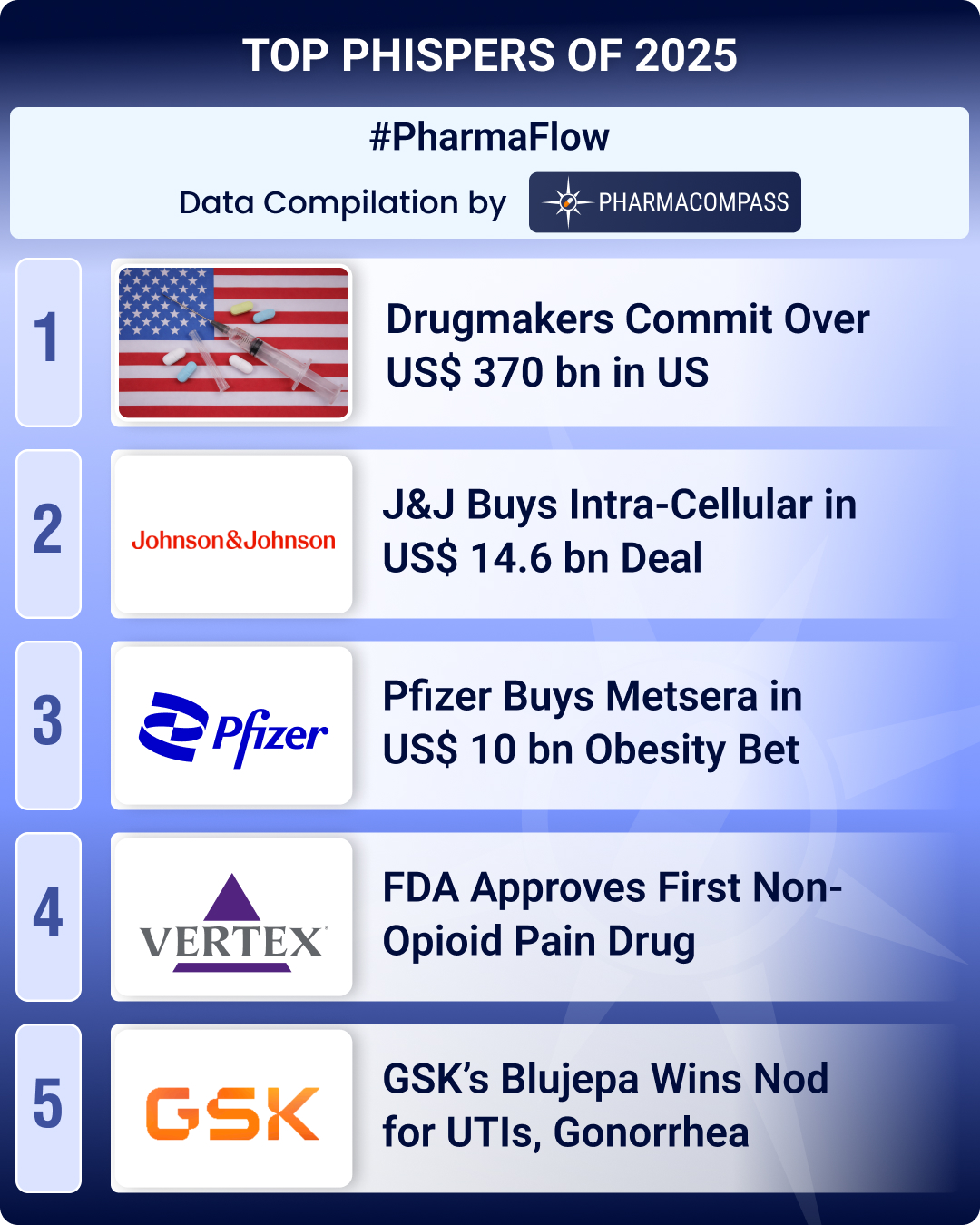
Pharmaceutical companies often lose sleep over compliance-related issues. But three accidents, in as many weeks, have impacted GlaxoSmithKline’s (GSK) global manufacturing operations and highlight how safety requires the same level of focus as compliance.
Trouble in China, Belgium and America
Take the case of explosions at a chemicals warehouse in the port of Tianjin in China earlier this month. The blasts were so large that they registered seismic activity in China.
As per news reports, scientists were alarmed by the scale of explosions – the shockwaves from the first explosion were equivalent to detonating three tonnes of Trinitrotoluene or TNT; while the second explosion, which occurred 30 seconds later, was seven times more powerful (and equivalent to 21 tonnes of TNT).
The damage caused by these explosions was catastrophic, as they claimed at least 121 lives. But these explosions also impacted GlaxoSmithKline (GSK), which has two joint ventures in the Tianjin industrial area.
Though GSK has not revealed which drug products have been affected, this is the third consecutive bad week for the pharma giant.
Earlier this month, a boiler explosion at GSK’s vaccine plant in Belgium killed one person. The following week, GSK had to temporarily shut down its facility in United States after testing at a cooling tower found bacteria that causes the deadly Legionnaire's disease.
We look at different kinds of accidents that have impacted pharmaceutical companies across the world.
Boiler blowups are not uncommon
GSK’s accident in Belgium isn’t an isolated incident of a boiler explosion in the pharmaceutical industry. In 2012, a fire at Sandoz Canada’s Boucherville (Quebec) plant temporarily halted production of about 90 per cent of injectable drugs used in Canada, squeezing the supply of vital anesthetics, painkillers and antibiotics. Hospitals were left scrambling to implement contingency plans in the face of a cross-country shortage of injectable drugs.
In India, last year, a worker was charred to death when a boiler in the factory of Malladi Specialties in Thiruvallur burst accidentally.
When dry powders explode
Normally explosions are associated with the presence of liquids and fire. However, there are multiple examples where dry powders generate enough static that a tiny electric spark is enough to trigger an explosion.
In October 2007, a fire at Cambrex Corporation’s drying department in Charles City, Iowa, injured six people. And in March 2012, a fatal blast and fire at a Pliva plant in Zagreb, Croatia, killed one worker and injured 16. Pliva is owned by Teva Pharmaceuticals.
The fire at the Pliva plant is said to have been started by a static electric short circuit that caused a spark, which in turn ignited the powder used in the production of a Paracetamol-based tablet product.
Chemical explosions can be fatal
Accidents due to chemical explosions are far more common. A little more than a year after the Pliva accident, a possible malfunctioning in a reactor plant in Teva’s operations in Israel caused an explosion, killing one person and injuring 30 people.
In 2012, four workers were burnt alive in a major fire that broke out after two blasts occurred in the reactors at a subsidiary of India’s Ind-Swift Laboratories – Dashmesh Medicare – in Mohali.
While there is a long list of accidents involving chemicals that have occurred in the manufacturing operations of pharmaceutical companies, not all accidents involve activities related to production.
For instance, Biotech giant Amgen reported two accidents within a span of nine months at its laboratory, where flammable materials exploded due to improper handling.
The real reason behind explosions at Tianjin port
The port contained hazardous and flammable chemicals, including calcium carbide, sodium cyanide, potassium nitrate, ammonium nitrate and sodium nitrate.
While the exact cause is unknown, it is common knowledge that calcium carbide reacts with water to create highly explosive acetylene. Chemical experts suggest an acetylene blast could have detonated the other chemicals, resulting in a much larger blast.
According to a report, shattered glass could be found up to three kilometres (two miles) from the blast site. An area of more than 1.8 square miles near the blast site was destroyed, leaving 6,000 people homeless.
A belated admission from authorities that more than 700 tonnes of highly toxic sodium cyanide was being stored at the blast site has sparked deep anxiety over the potential of chemical contamination. Wang Hongjiang, Vice Mayor of the town, claimed 200 tonnes of sodium cyanide had already been collected as the clean-up operations continued.
Chinese authorities are using small, caged animals to test the living conditions in Tianjin.
Our view
While, for the past few years, GSK has been embroiled in a scandal for bribing doctors and officials in China, the explosion in Tianjin is another yet setback for GSK and its manufacturing operations in Tianjin that manufacture pharmaceutical and consumer health products.
Since the explosions did not occur at the GSK site, the company could have done little to prevent the damage.
However, recent natural disasters – like the ones in Japan and Nepal – have taught us that the pharmaceutical supply chain needs to start factoring in the safety and environmental risks in addition to the quality challenges.
The PharmaCompass Newsletter – Sign Up, Stay Ahead
Feedback, help us to improve. Click here
Image Credit : Big Bada Boom. Antares Explosion Sequence from our team in the field by Steve Jurvetson is licensed under CC BY 2.0
“ The article is based on the information available in public and which the author believes to be true. The author is not disseminating any information, which the author believes or knows, is confidential or in conflict with the privacy of any person. The views expressed or information supplied through this article is mere opinion and observation of the author. The author does not intend to defame, insult or, cause loss or damage to anyone, in any manner, through this article.”





